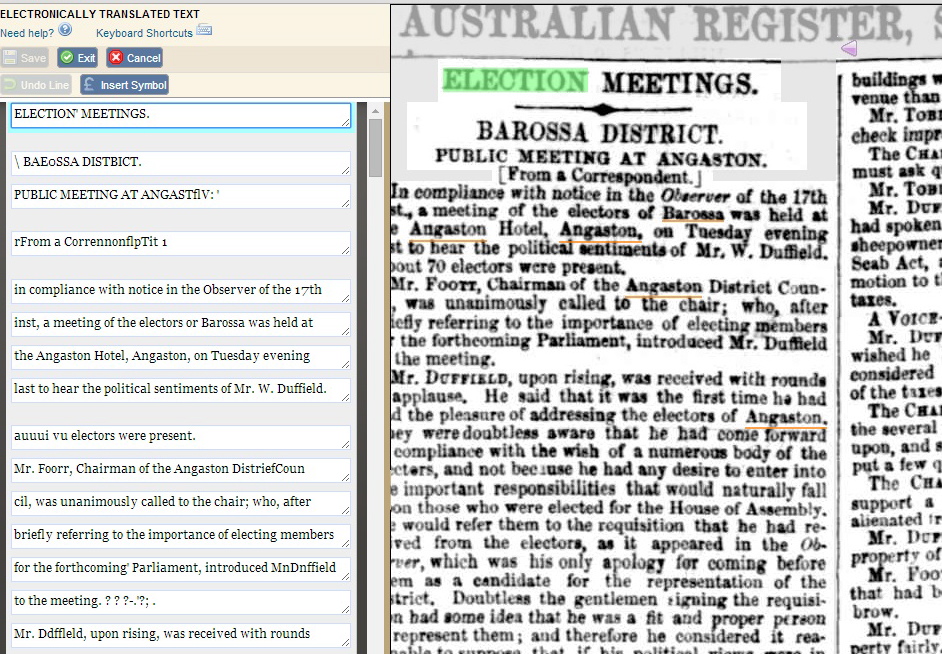Websites for crowdsourcing cultural heritage support participation and contribution quality by simplifying the task.
Explanation: Cultural heritage assets may be processed as small components; for example, a digitized text document may be presented as individual pages, sections, visual elements, or lines of text. Task simplification should not undermine the user’s ability to view any contextual information necessary to complete the task, such as the preceding section of text.
Benefits: New visitors are encouraged to contribute when tasks appear manageable, and simplifying tasks helps contributors to submit high quality work.
Examples of compliance with the principle:
- Expanding sections to give users an overview of the task;
- Presenting different stages of the task over several pages;
- Providing users with distinct data input fields for entering information;
- Highlighting the stage of the task being worked on using visual cues.

